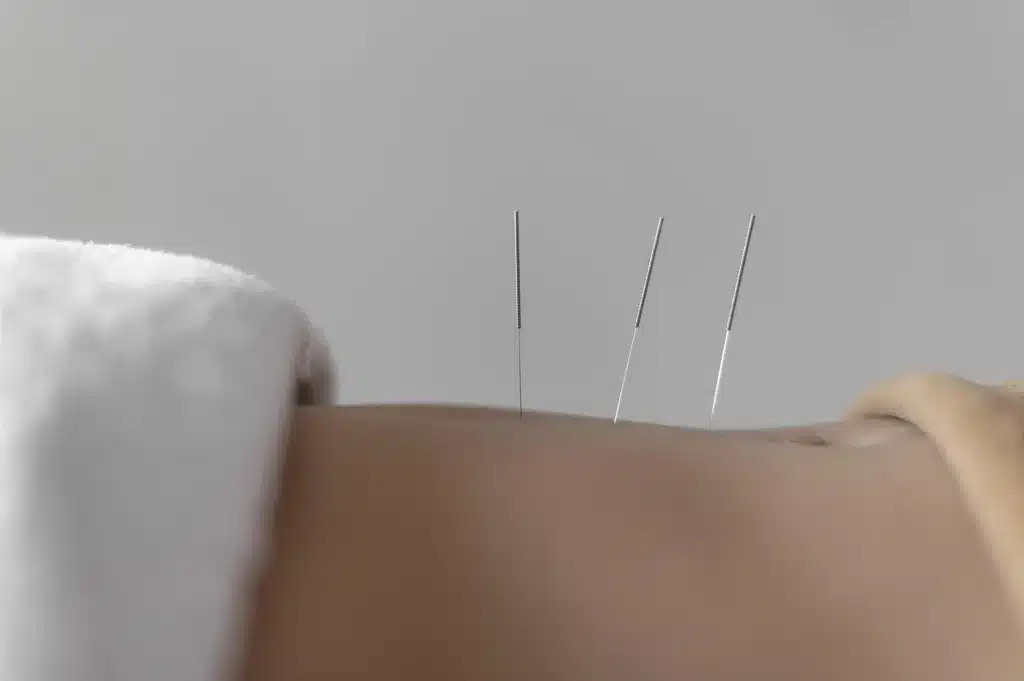
Your insurance claims just got a lot more complicated. The CPT code acupuncture world changed big time in 2025, and most practitioners have no clue what hit them.
Sick of getting your acupuncture claims denied for senseless reasons? Our team knows exactly what insurance companies want in 2025. Let's fix your billing problems before they cost you more money.
Here's what happened: Dr. Martinez in Dallas thought January was just a slow month. Turns out, half her claims got bounced because she didn't know about the new rules. She lost $4,200 in the first quarter alone.
The American Medical Association dropped 420 changes on us for 2025. Sure, the basic acupuncture codes stayed the same, but everything around them shifted. Insurance companies got pickier. Documentation requirements got tougher. Prior authorizations became a nightmare.
We're going to break down what actually changed and how to protect your practice from losing money.
The Four Main Acupuncture Codes (Still the Same)
Nothing changed with the basic CPT code acupuncture numbers:
97810 - Manual acupuncture, first 15 minutes 97811 - Manual acupuncture, each extra 15 minutes
97813 - Electric acupuncture, first 15 minutes 97814 - Electric acupuncture, each extra 15 minutes
But don't get comfortable. Everything else around these codes got harder.
What Really Changed in 2025
Insurance Companies Want More Proof
Remember when you could write "patient improved" and call it good? Those days are over.
What they want now:
- Explain why you picked each acupuncture point
- Track time down to the minute (seriously)
- Write down how the patient responded
- Show your treatment plan is working
What this costs you: Practices with sloppy notes are getting 30% more denials than last year.
Medicare Got Bigger (But Pickier)
Good news: Medicare covers more conditions now. Bad news: You need permission before treating them.
New conditions they'll pay for:
- Chronic pain (not just back pain anymore)
- Post-surgery pain
- Chemo nausea (with stricter rules)
The catch: You have to ask permission first. Takes 2-3 weeks. No permission = no payment.
Private Insurance Tightened Up
Most private insurers now want proof your treatments work every 6 visits instead of every 12. They're copying Medicare's homework.
| Insurance Type | 2024 Rules | 2025 Rules |
|---|---|---|
| Medicare | Basic notes | Detailed docs + permission |
| Private | Check every 12 visits | Prove it works every 6 visits |
| Medicaid | Each state different | Same rules everywhere |
Getting tired of playing insurance company games? Our specialists know every trick they use. Get help that actually works and stop losing money to rule changes.
How Much Money You're Losing
The Real Numbers
Billing companies started tracking this stuff in January. Here's what they found:
- 30% more prior authorization requests
- Claims take 18% longer to process
- 22% more denials for bad documentation
- 15% fewer claims approved on first try
Hidden Costs Nobody Talks About
Extra time you're spending:
- 5-8 more minutes documenting each patient
- 2-3 hours weekly on prior authorizations
- 1-2 hours monthly fighting denials
What this costs you: Let's say you see 100 patients monthly at $80 each:
- Bad documentation = 10 extra denials = $800 gone
- Missing prior auths = 5 delayed payments = $400 cash flow hit
- Fighting appeals = $300 in staff time
That's $1,500 monthly. Or $18,000 yearly. Just for not keeping up with the changes.
Documentation That Actually Works
Before You Treat Anyone
Write this stuff down:
- Why you picked specific points
- How long treatment should take
- What you expect to happen
- Permission slip from insurance (when needed)
During Treatment
Track everything:
- Exact time needles went in
- How patient reacted
- Any changes you made
- Electrical settings (if you used them)
After Treatment
Don't forget:
- What patient said about how they feel
- Changes you could see
- Plan for next visit
- Instructions for home
Time Tracking That Won't Get You in Trouble

The 15-minute rule got stricter:
- Write down start and stop times
- Note any interruptions
- Separate face-to-face time from other stuff
- Track prep and cleanup time too
Smart move: Use your phone's timer or get software that does it automatically. Hand-written times look sketchy to auditors.
How to Protect Your Money
Getting Permission (Prior Authorization)
New checklist:
- Submit 2 weeks early
- Include detailed treatment plan
- Show how you'll measure success
- Prove other treatments failed (when that's true)
Reality check: Practices that got good at this kept their approval rates. The ones that didn't lost 25% of their income.
Submitting Claims Right
Better documentation means:
- Explain why each point made sense
- Measure patient response objectively
- Show progress toward goals
- Note any problems (even small ones)
When fighting denials:
- Include research backing your point choices
- Show timeline of patient getting better
- Reference your measurement results
- Add patient testimonials when helpful
Technology That Saves You Time and Money
Better Electronic Records
Must-have features:
- Built-in point databases
- Automatic time tracking
- Outcome measurement tools
- Prior authorization tracking
Worth the cost: Upgrading costs $3,000-$8,000 but prevents $15,000+ in denied claims yearly.
Practice Management Upgrades
Revenue improvements:
- Check insurance eligibility automatically
- Track claim status in real-time
- Spot denial patterns
- Grade your performance
What Smart Practices Are Doing Now
This Month
Week 1:
- Check your current documentation
- Update your treatment note templates
- Train staff on new rules
Week 2:
- Call your top 5 insurance companies for updated policies
- Set up prior authorization system
- Start using time tracking
Week 3:
- Look at denied claims from early 2025
- Find patterns you need to fix
- Make templates for appeals
Long-Term Planning
Every three months:
- Check denial rates by insurance company
- Update documentation templates
- Fix prior authorization problems
- Train staff on new stuff
Every year:
- Budget for technology upgrades
- Plan staff training
- Work on insurance relationships
- Set money protection goals
Take Action Before It's Too Late
The acupuncture billing world flipped upside down in 2025. Practices that adapt fast will make more money. Those that ignore this will struggle with cash flow and angry patients.
Start with better documentation - that's the biggest bang for your buck. Then fix your prior authorization process. Finally, get technology that handles compliance automatically.
Every denied claim is money that should be yours, not theirs. These changes aren't going anywhere. Deal with them now or watch your bank account shrink.
The practices that master these 2025 rules won't just survive - they'll crush their competition while everyone else fights with insurance companies.
Ready to stop losing money to 2025 billing changes? Our acupuncture experts have helped hundreds of practices adapt and boost their income. Fix your billing today and focus on treating patients instead of fighting insurers.





